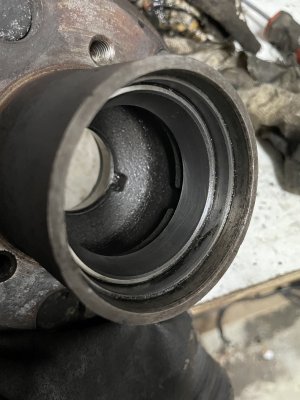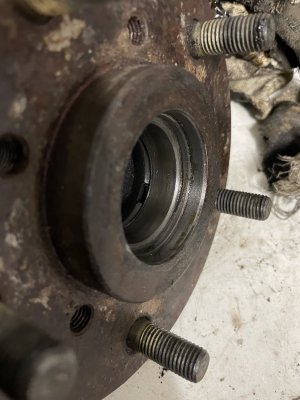nico13
Active Member
Hi all,
A question about the front wheel bearing, the outer front wheel bearing in my case is loose from the guiding ring.
Is this normal, as in the pictures the bearing is shown with the outer ring.
The ring is pressed in my wheel hub.



A question about the front wheel bearing, the outer front wheel bearing in my case is loose from the guiding ring.
Is this normal, as in the pictures the bearing is shown with the outer ring.
The ring is pressed in my wheel hub.





